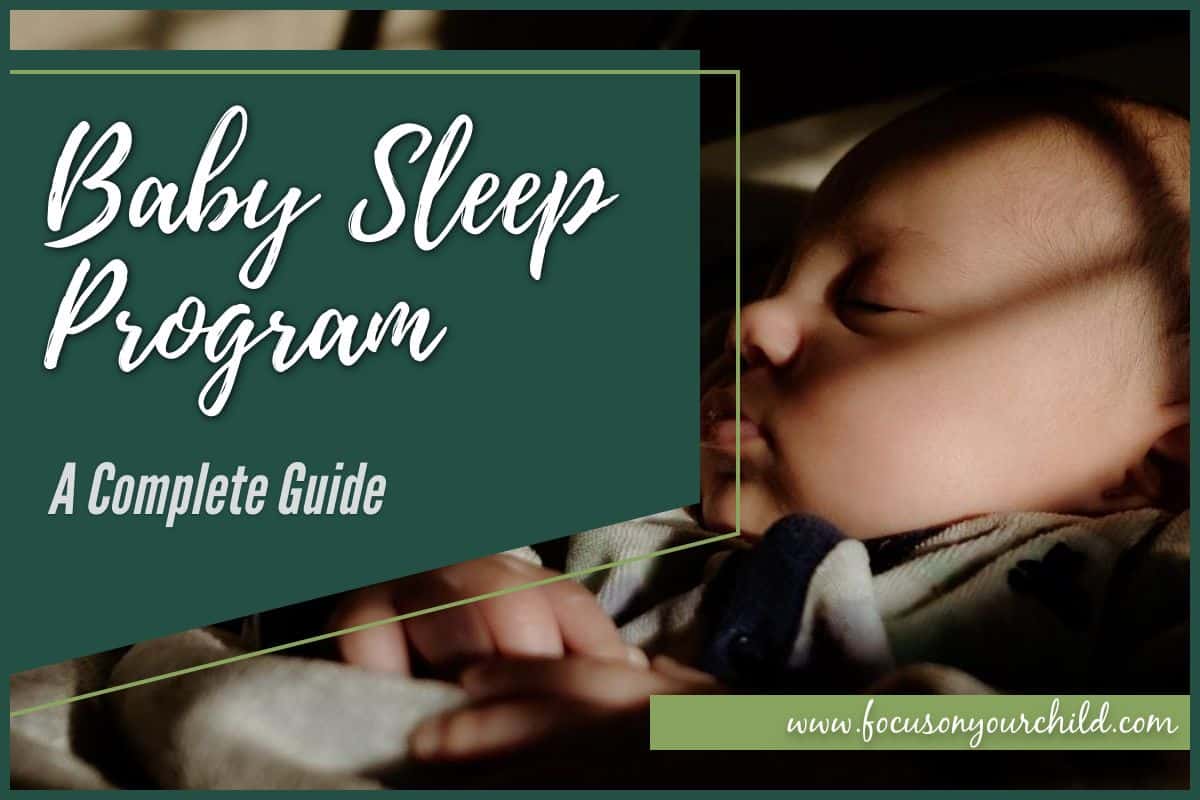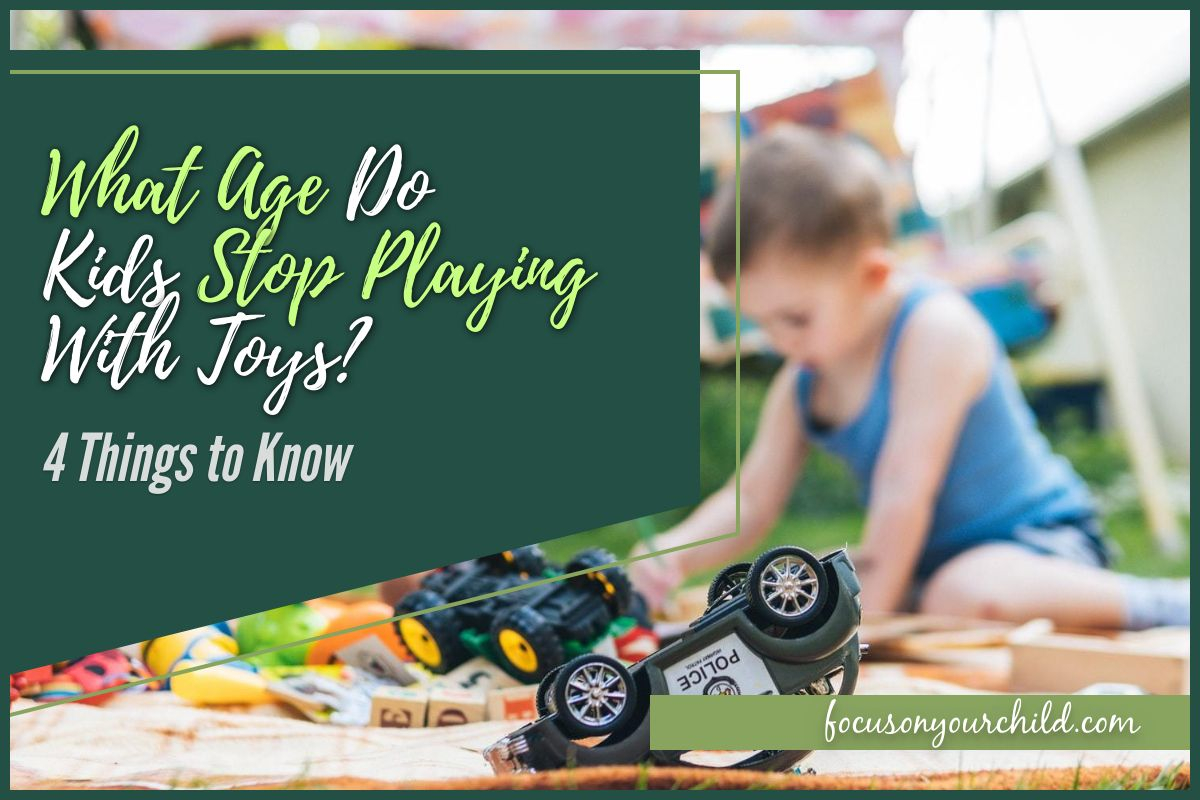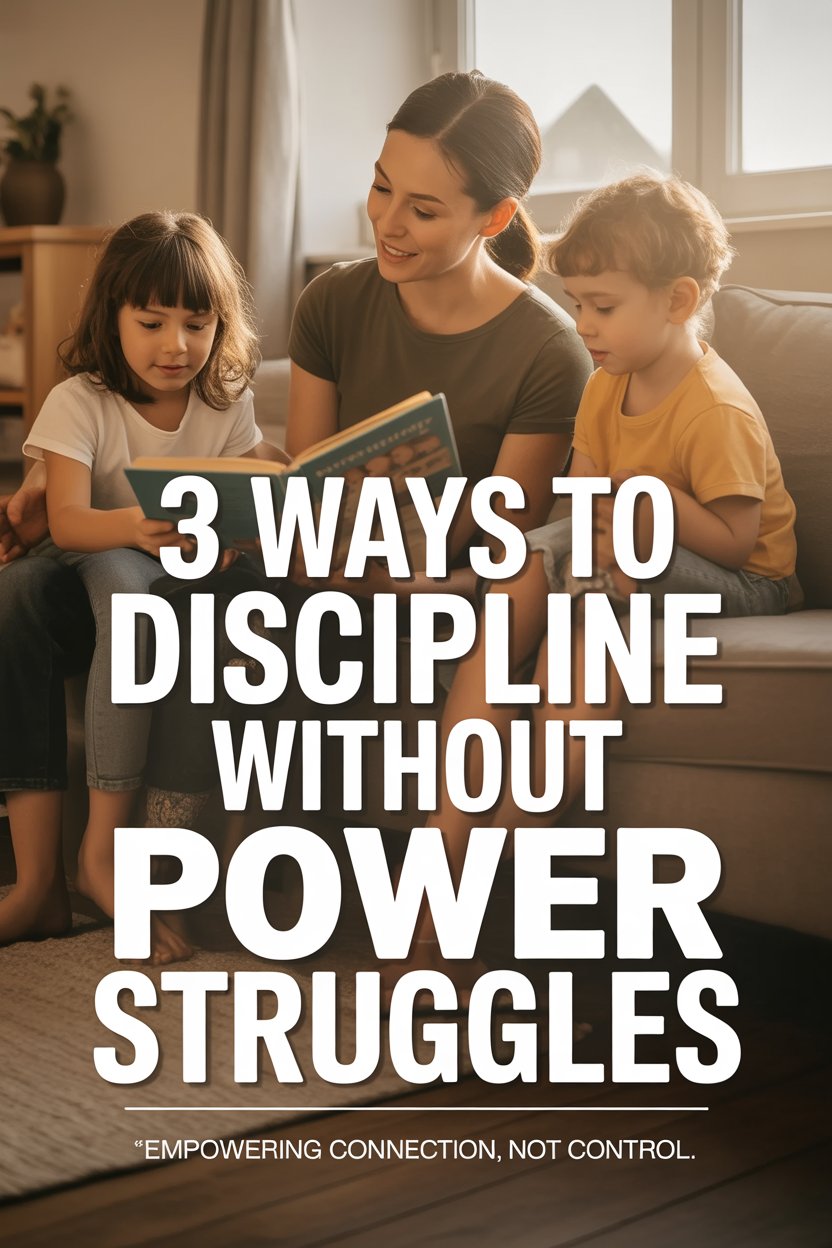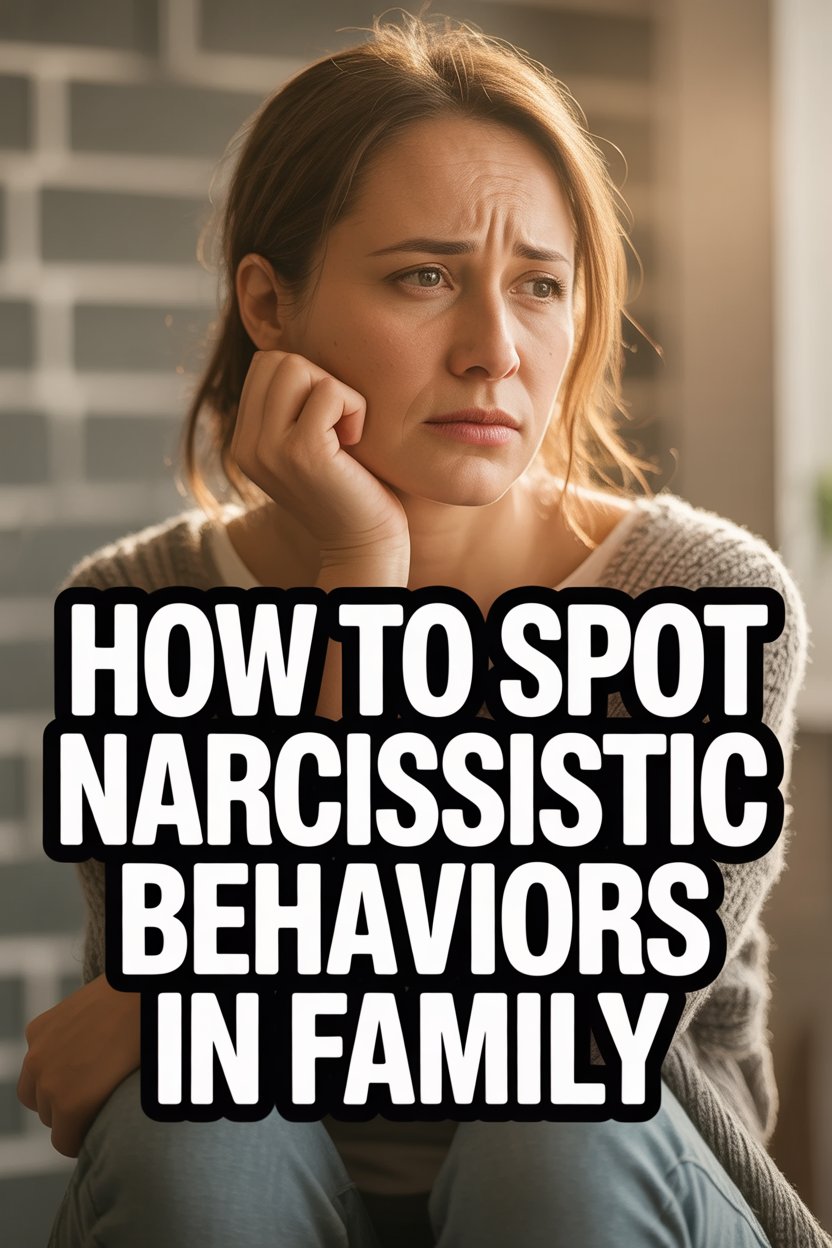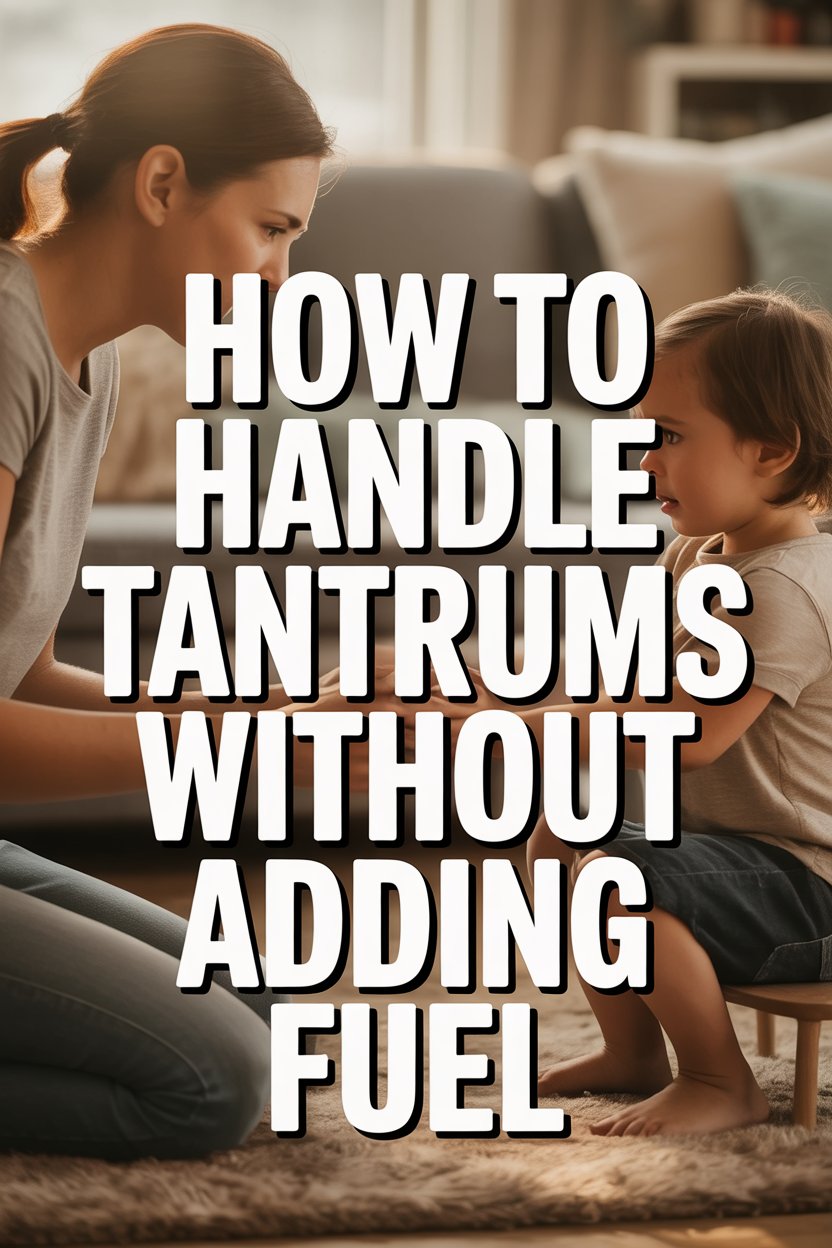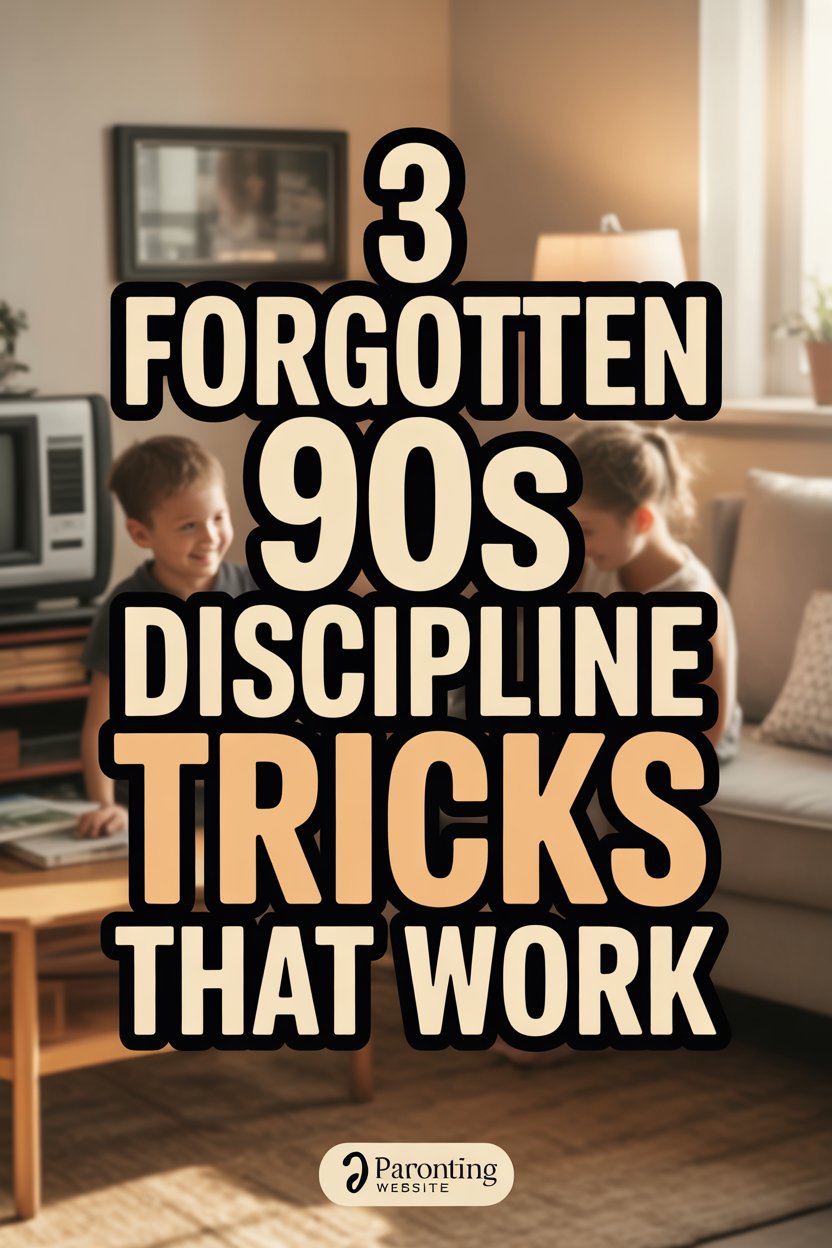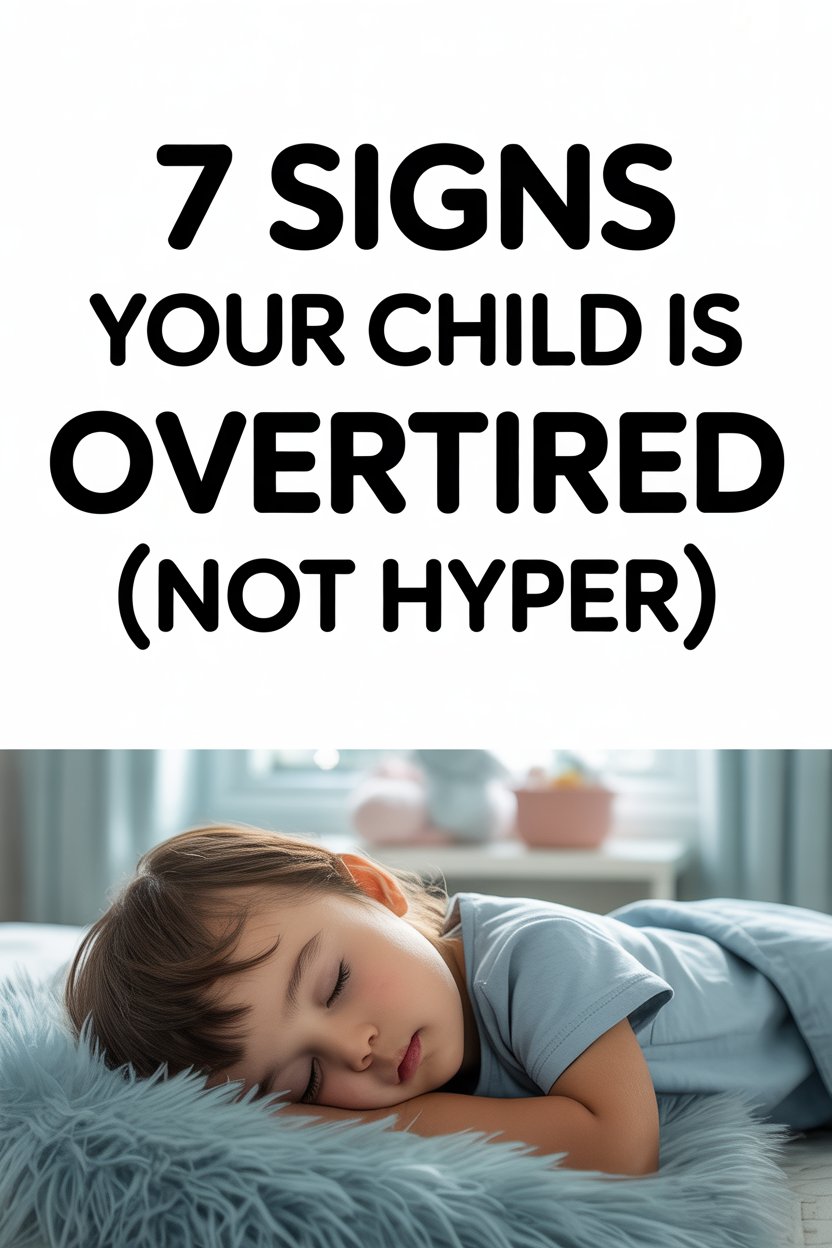Toys serve an instrumental role in children’s development, helping them foster a better understanding of the world in a safe, controlled, and enjoyable way. As they get older, they lose that focus on toys and play – shifting towards sports, movies, art, or other hobbies in their stead.
Toys are a child’s first and main gateway towards interacting with their environment. What toys they play with changes over time – kids in higher developmental cycles will seek out more complex toys and games that can meet their new cognitive demands. A child’s interest in toys will eventually end up sublimated towards other activities, but there are some exceptions who keep their interest in toys even well into adulthood.
That said, at what age do kids actually stop playing with toys? The answer is a bit more complex than you’d imagine, so we’ll go over some details in depth down below.
What Age Do Kids Stop Playing With Toys?
Younger Children First Engage With The World Through Toys
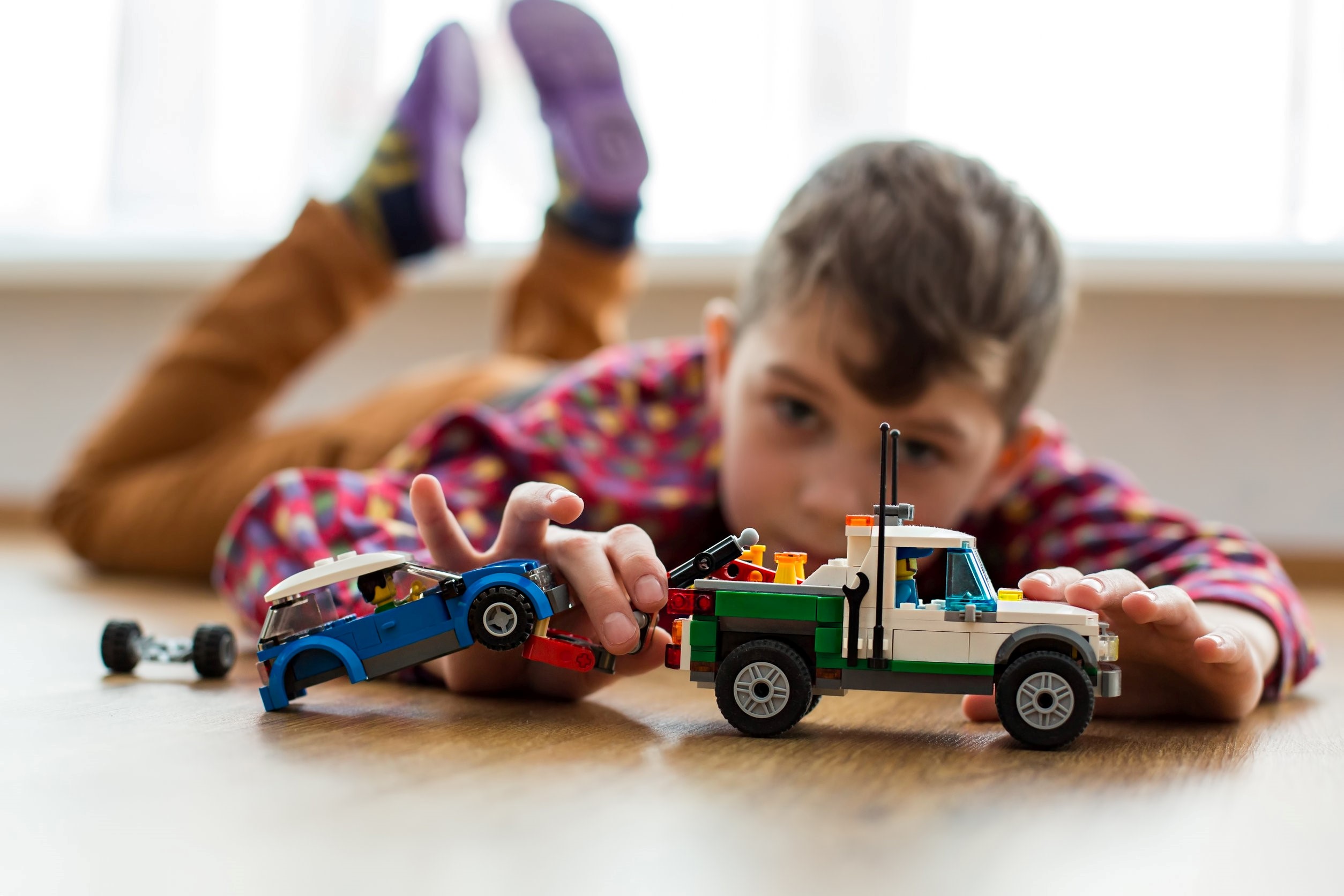
According to renowned child psychologist Jean Piaget (1896-1980), young children learn about the world primarily through their own experiences rather than what adults teach. They possess both the motivation and means to learn and interpret the world through this own cognitive lens, and don’t need to be spoon-fed information.
Toys are a fundamental tool to help babies interact with the world. This is best observed during the sensorimotor stage, which is when the baby is under two years old. They pick up a very rudimentary notion of cause and effect: planning, repeating, and learning from certain activities. Children at this stage also learn object permanence, which is the idea that objects still exist even if they aren’t perceiving them.
Toys aren’t just a source of stimulation for kids: they’re also wonderful educational experiences that grant them the opportunity to improve both their intellectual capability and emotional capacity. Below are a few examples of these toys, along with what respective skills they’d develop playing with them.
- Playacting with dolls and action figures help foster their imagination and use of language
- Bouncing balls and stackable blocks can encourage them to improve their motor skills
- Art materials give them the opportunity to hone both their hand-eye coordination and dexterity
Toys are a crucial component of every child’s cognitive development. Children are driven and eager to learn, and these toys provide safe avenues for them to do so effectively.
Developing Kids Will Rotate Through Different Types of Toys
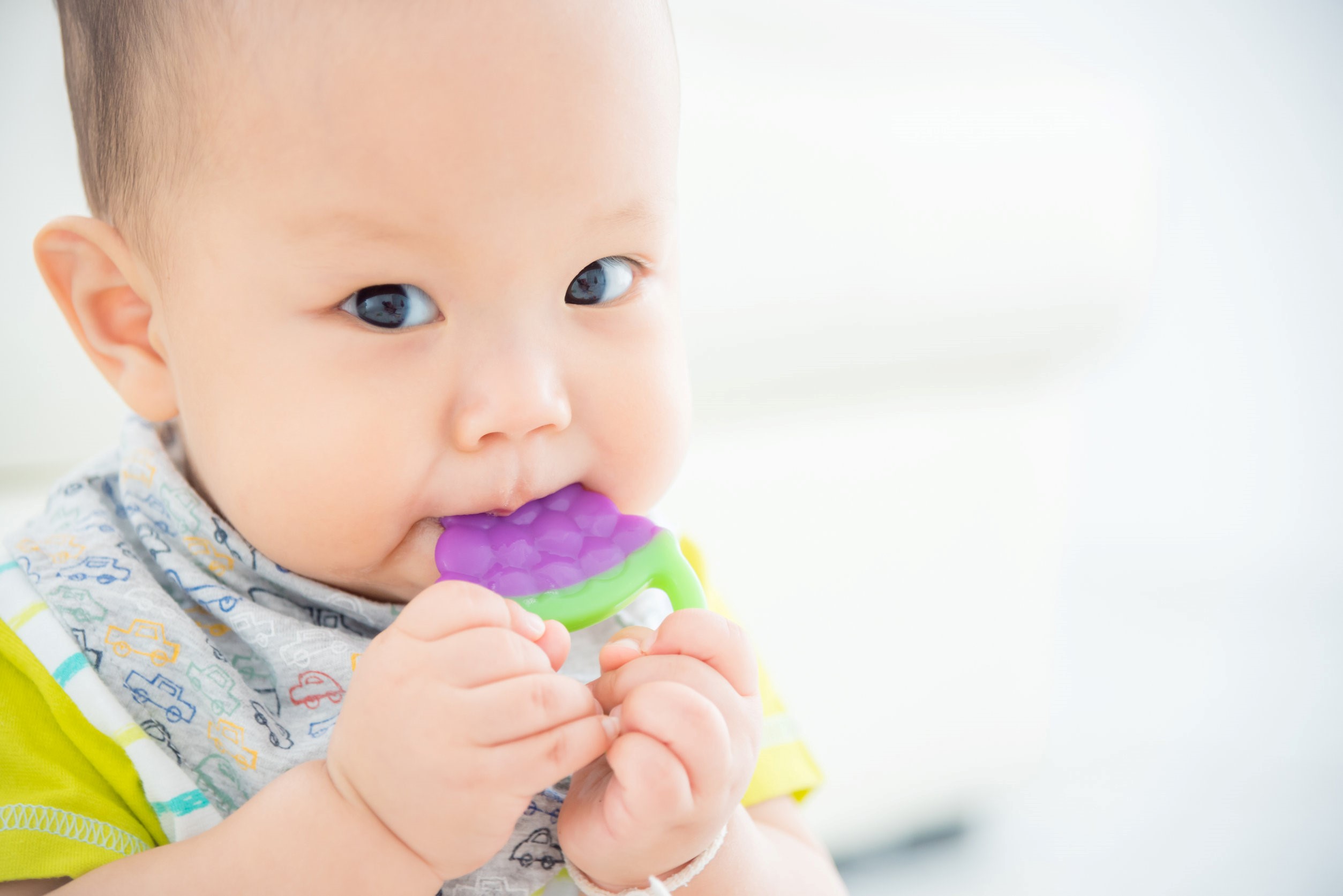
As they grow, your child’s toy preferences will change. They’ll drop their old toys in favor of ones that can provide the right type of intellectual engagement for them. Toys have distinct roles at each developmental age, so be mindful of what each stage prioritizes.
Babies (Age 0-1)
Babies don’t “play” so much as get distracted. Their cognitive capacity is very limited, and a lot of their senses are still developing. Their vision is blurry, and their hearing is a bit skewed towards shrill, exaggerated sounds. For this stage, colorful toys and noisemakers work well at holding their attention.
Bright hues and distinct patterns are necessary features for any toy you plan to give them. Noisemakers and rattlers are also great in this capacity and can keep an infant entertained for a good while. At around the three-month mark, it’s ideal to introduce teething instruments into their toy cabinet.
Toys at this stage are meant to provide stimulation, security, and comfort for the baby. They aren’t a learning tool yet, and primarily provide great opportunities to soothe irritated infants.
Toddlers (Age 1-2)
Toddlers take their experience a bit more directly now, immersing themselves into fresh experiences recklessly. The world is their sandbox, and all they want to do is dig and discover. Toys begin to serve in a learning capacity, rather than just one of comfort.
Toddlers seek out more cognitive stimulation than they did before. They’re usually quite partial to toys and games that test out their creativity and roleplaying capabilities. Other popular game types involve problem-solving and fine motor coordination. Below are a few examples of all four:
- Puzzle sets, crafting kits (Problem-solving)
- Dolls and action figures (Roleplay)
- Coloring books, painting kits (Fine motor skills)
- LEGO sets (Creativity)
Preschooler (Age 3-5)
During the preschooler age, children can play with more complex versions of the toys they had as toddlers. Their imagined fantasies also tend to be more grounded at this stage – while they won’t necessarily stop thinking about aliens or magic, they’ll also be considering more mundane things like travel spots or their future dream jobs.
Kids will also be spending more time in one another’s company at this age range. This opens up a lot of potential complications with how they’d interact with their toys and one another.
Jealousy is one of the more common ways for this to play out – especially when the toy in question is communally shared. Children this young won’t be very good at empathizing, so the competition for toys could introduce unwanted aggression and conflict into their lives.
Middle childhood (Age 6-11)
While children at this age still won’t be very empathic, peer pressure sets in hard. The type of toys they’ll want will probably depend on whatever happens to be popular in their circles. They could also drop their interest in certain toys – even ones they used to love – for similar reasons.
During this age, children are liable to drop their interest in toys at any point. It could come from societal or familial pressure, but could just as easily develop from loss of interest. Whatever energy they used to harbor for their toys will likely be repurposed towards any other interests they have.
Preteen and Beyond (Age 12+)
At this point, societal expectations compound to compel most kids to stop playing with their toys. They’d also be in what Piaget referred to as the formal operational stage, which puts abstract ideas and philosophical thoughts at the forefront. Most toys can’t meet those new cognitive demands, and for the majority of children, their interest in these sharply declines.
They’ve likely redirected this energy to something else that actively engages them. It might have even been done in the last stage, but at this age bracket specifically, people playing with toys over other interests are an exception rather than the norm.
Not Everyone Outgrows Toys…

Plenty of adults still collect toys – whether it be dolls, plushies, figurines, or games doesn’t matter. The idea of kids eventually dropping toys comes from societal expectations rather than any concretized regulations or scientific studies. Some kids just don’t stop playing or collecting toys, and that’s perfectly fine. Not everyone outgrows toys and truthfully speaking not everyone should.
What’s the usual turning point?
The most common transition usually happens in middle childhood – around the double-digit mark. Peer pressure is significant but incidental – the decisive factor here is usually loss of interest. They want more from the world than what toys allow them to discover, and this realization is likely to happen when your child has their own social circle to interact with.
Some kids find themselves gravitating towards sports and competitive fields for enjoyment. Others end up in creative programs, engrossed in the experience. And nowadays, most children will trade in their physical toys for the abundance of online distractions like Youtube or video games. The toys we think of tend to grow obsolete in light of the abundance of alternative entertainment readily available.
…But No One Outgrows Play

Even if your child does drop toys, they won’t ever outgrow play – or leisure time, as adults like to call it. Leisure is a very important component to not only emotional development but personal maintenance too! It rejuvenates our mind, body, and will, and also tends to put us in social situations with people of similar interests and passions!
Play isn’t necessarily restricted to things you need to tangible use with your hands. Play can be any activity that helps relieve stress. Watching television, listening to music, picking up video games, and reading a book count as play too! While kids might drop their puzzle box for Netflix, that doesn’t leave them any less engaged with the activity.
Final Thoughts
Toys are a child’s gateway to the world, but most of them do grow out of it. It usually happens once peer pressure exerts influence in their thought process, but could also develop simply from them losing interest in toys. You’ll get a decent idea of how that’d turn out when your child reaches double digits – that said, not everyone will outgrow toys, and that’s perfectly acceptable.


